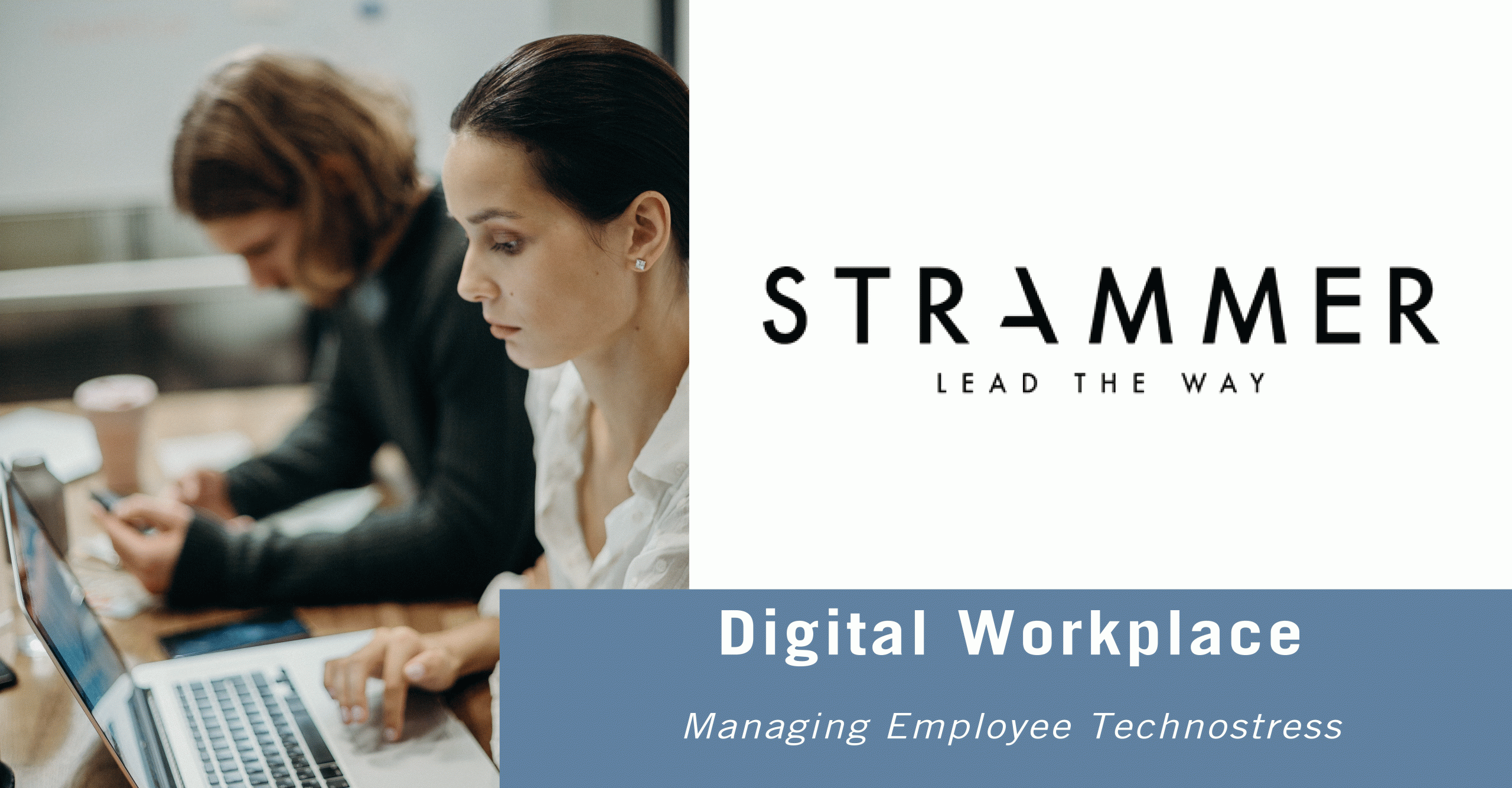How to Tackle Technostress in the Workplace
In today´s digital economy, businesses are racing to digitalise as quickly as possible. As they transform, the workforce is expected to learn and keep pace.
However, some employees can experience difficulties adapting to technological change. For instance, they may not understand how to work a new software, or they could end up over-working as they grapple with system upgrades. As a result, individuals in the workforce could find themselves experiencing technology related stress – frequently termed technostress.
Technostress is a risk factor for employee burn-out, and can decrease creativity, productivity, and engagement. Research also suggests some workers are experiencing anxieties about their job security due to technological progression, and that this sentiment is more common among the older sector of the workforce. Indeed, one study conducted by Willis Towers Watson found that 20% of workers over 55 years old were worried about the security of their jobs due to technology compared to 9% of the 18-24 year olds surveyed.
But technostress is not inevitable; companies can take steps to improve the resilience of the workforce and the organisation’s provision of support, preparing workers to successfully manage the many technological transitions that lie ahead.
A crucial starting point in this endeavour is training. Whichever form is chosen, ensuring it is comprehensive and paced according to the needs of teams/workforces is important, as this can help to prevent individuals feeling out of their depth and becoming defeatist and disengaged. For this reason, it can be useful to consult employees beforehand to identify their current capabilities and expectations. Moreover, listening to employees and gaining feedback as often as resources allow will provide companies with information to help them continuously improve with their learning delivery.
As with organisational change of any kind, managers and leaders can contribute to its success through good communication. Explaining to the workforce how the digital change is intended to benefit the company, as well as how the technology will help them improve individually, can be useful. For instance, a productivity monitoring tool could improve employees´ time management capabilities, while mastering a new data analysis software could be an opportunity to increase one´s skill set or achieve a professional goal. This approach means employees may feel more inclined to take personal ownership over technology challenges, which will likely produce stronger motivation to succeed.
More widely, building and reinforcing strong team cultures can help employees to overcome challenging moments which may arise during digital change. One idea is for leaders to encourage peer learning in which employees use their strengths to help their colleagues. This maximises existing resources to advance whole team capabilities and performance.
It is a good idea to review the support systems they currently have in place, identifying where they can improve, and then following through with concrete action. This could help employees who are feeling apprehensive about the challenges and potential implications of new technology to change their mindsets and view technology adoption as an opportunity rather than a source of stress.
References:
- 13 Strategic Approaches To Communicating Major Company Changes To Employees, June 2020, Forbes.
- Our Next Battleground for Technostress: The Workplace, May 2018, HR Technologist.





